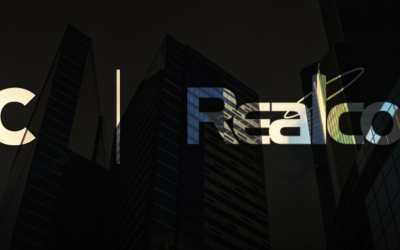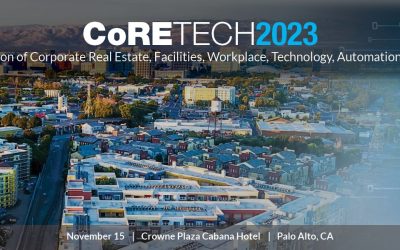The Evolving Workforce
Not ten years ago, we couldn’t have imagined buildings that provide more than just improved occupant comfort. Ones that work autonomously to conserve and optimise energy; buildings that are not just structures but ecosystems, all while minimising environmental impact. As these sophisticated structures become increasingly commonplace, the need for skilled professionals to manage and develop these technologies has skyrocketed, leading to a sizable gap in available talent.
Bridging this skill gap needs a concerted effort from educational institutions, industry stakeholders, and policymakers to cultivate a new generation of tech-savvy professionals who are adept in both the digital and physical aspects of construction. A conversation we’re passionate about starting and responsible for owning.
Bridging the Gap
A key catalyst for our commitment to the climate technology sector, we recognise that solving our clients’ challenges and contributing to a more sustainable world requires a workforce that’s not only technically skilled but also diverse and innovative.
Whether it’s attracting talent from adjacent industries, building teams through making hires with high growth potential and implementing training and support for these core functions, or creating jobs which better align with the available candidate pool, there are a series of strategic decisions to make when looking at the impact of smart building evolution on the talent gap.
Building and Nurturing Communities
Looking beyond simply connecting individuals to jobs, fostering a true talent ecosystem within the climate technology sector is key. We need environments where diverse perspectives and collaboration fuel innovation. By encouraging the exchange of ideas and experiences, we lay the groundwork for breakthroughs that propel the industry forward while ensuring its resilience in the face of evolving challenges. This necessitates strategic partnerships with academic institutions and organisations committed to diversifying the tech workforce.
The goal is to cultivate a community of professionals not just equipped with the necessary technical skills, but who are also adaptable, creative, and driven to make a real-world impact. These initiatives will bridge the talent gap while simultaneously building a more robust and inclusive future for climate tech.
Collaborative Partnerships
When it comes to smart buildings and sustainability, collaborative partnerships drive progress. By uniting the expertise and resources of various stakeholders, we can forge a path towards overcoming the many challenges the talent gap poses. These alliances are vital for pooling knowledge and financial resources and for integrating diverse perspectives that will catalyse innovative solutions.
Imagine the possibilities when academia’s research capabilities combine with the industry’s practical insights? This collaboration can lead to the development of cutting-edge, practical training programmes that prepare the workforce for the future. Policymakers, too, act as a linchpin in this area. By creating supportive regulations and funding opportunities, they can foster an environment conducive to innovation and growth. This approach is instrumental in accelerating the adoption of smart technologies, enhancing building efficiencies, and ultimately, contributing to the overarching goal of achieving net zero.
The Next Evolution
The path forward for the smart building sector requires a collective commitment to innovation, inclusivity and sustainability. It demands a multifaceted approach that not only addresses the immediate talent gap but also lays the foundation for enduring progress. Central to this journey is the enhancement of educational frameworks to ensure they are in sync with the rapid advancements in technology and sustainability practices. This involves integrating practical skills, digital literacy, and a firm understanding of environmental impact within the curriculum.
The industry must champion diversity and inclusivity, recognising that a rich tapestry of perspectives fuels innovation. By actively removing barriers to entry and creating supportive communities, we can empower people from varied backgrounds to contribute their unique insights and skills.
Investments in research and development are crucial, encouraging a culture of continuous innovation that keeps pace with the evolving demands of sustainability and efficiency in construction. Public-private partnerships play a pivotal role here, capitalising on the strengths of both sectors to achieve breakthroughs that benefit society.
Ultimately, the next evolution is one of collaboration, education and the relentless pursuit of sustainability. By embracing these principles, the smart building sector can navigate the challenges ahead and transform the talent gap into an opportunity for growth and innovation.
Would you like to discuss the future of talent in the sector in some more detail? Our team are industry experts with years of experience specialising in building teams across core Climate Tech sectors. Get in touch today.








